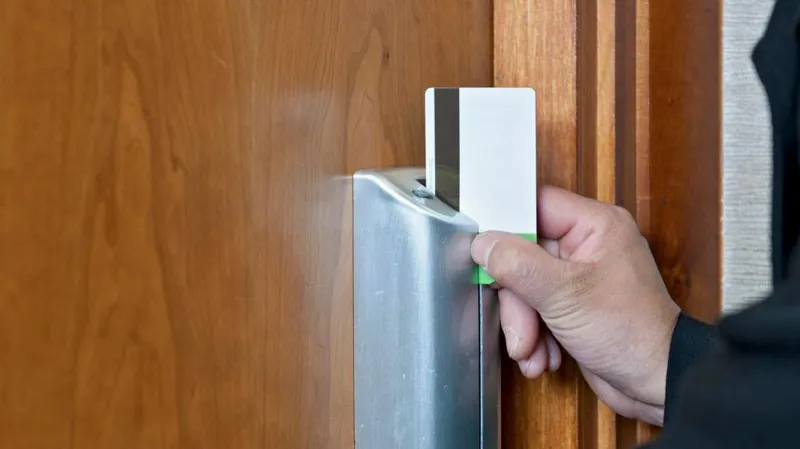Steven Murdoch, a security researcher at University College London, had been careful for years to avoid carrying magnetically striped cards or tickets in his pocket near his smartphone. This is due to the fact that smartphones occasionally have magnets strong enough to erase data from magnetic stripes.
However, contactless cards with radio frequency identification (RFID) chips inside of them are becoming more and more common, making so-called magstripe hotel key cards uncommon.
Consequently, Prof. Murdoch notes that he neglected to take safety measures during his hotel stay in January of this year and that he erased his room key after using it just once.
He remarks, “This is the kind of thing I do know about; I should have known better.” When he returned to reception, he realized he wasn’t alone himself.
He remembers, “There was a line of people with exactly the same problem as me.”
An IBM engineer created the magnetic stripe in the 1960s, and his wife played a key role in the creation of the product by suggesting that a magnetic tape strip be melted onto a card using a clothes iron.
Since then, bank cards, train tickets, IDs, and even cards with medical information have been equipped with magstripes to facilitate hospital equipment.
However, the dark brown plastic strip that is often constructed of heavy metals that pollute the environment might not persist for very long.







